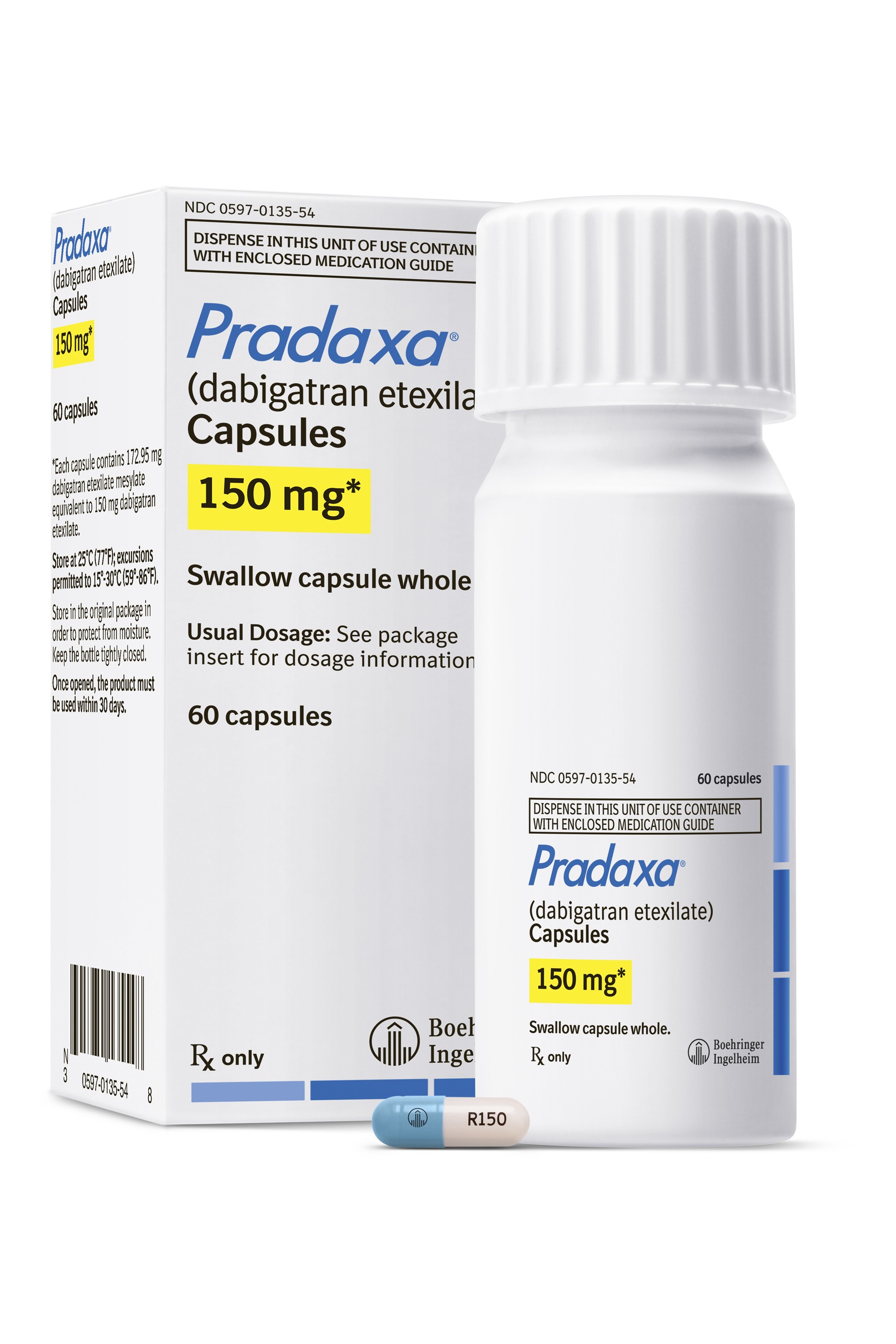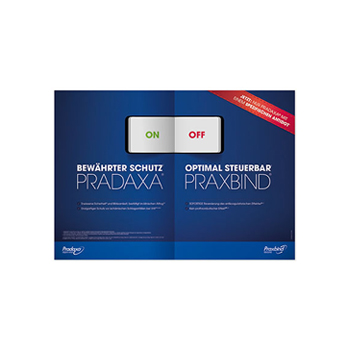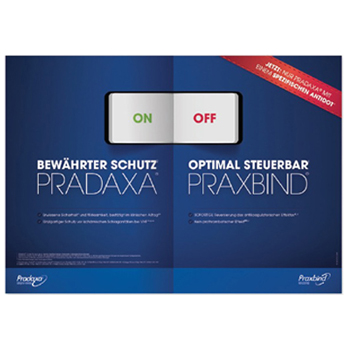
Anaphylactoid reactions can present similarly to anaphylactic reactions and may be treated similarly. An anaphylactoid reaction is due to a drug's directly stimulating mast cells to release histamine – unlike an anaphylactic reaction, which involves IgE antibodies.This is an anaphylactoid reaction (not anaphylactic), so it can be avoided by infusing the vitamin K slowly (e.g., over 30 minutes).This is exceedingly rare (~1/30,000 patients).Intravenous vitamin K may theoretically cause an anaphylactoid response if infused rapidly.It takes Vitamin K 6-12 hours to start working, so vitamin K must be given simultaneously with FFP or PCC. Vitamin K will do the job after the FFP/PCC wears off.FFP or PCC will work only for ~8 hours.10 mg should be given intravenously, as soon as possible (infused over 30 minutes).Probably the most important intervention to reverse warfarin is vitamin K.For patients with intracranial hemorrhage, follow INR every 3-6 hours to ensure adequate reversal.Alternative: four units fresh frozen plasma.(1) 10 mg IV vitamin K over 30 minutes *plus* PCC or FFP.


How important is it to reverse the anticoagulation? a mechanical mitral valve, which has a high risk of thrombosis).

Why was the patient initially anti-coagulated?

Determine what doses of medication the patient is on, and when is the last time a dose was taken.Review all medications the patient is taking which may affect coagulation (including over-the-counter aspirin or aspirin-containing products).In this situation, thromboelastography (TEG) may be more accurate. For patients with cirrhosis or disseminated intravascular coagulation (DIC), traditional coagulation parameters (e.g., INR) don't necessarily reflect the true coagulation state.Consider all medications and coagulation labs in order to get a global sense of how coagulopathic the patient is. Critically ill patients often have several coagulopathies (e.g., thrombocytopenia plus supratherapeutic INR on warfarin).Considerations when approaching anticoagulation reversal


 0 kommentar(er)
0 kommentar(er)
